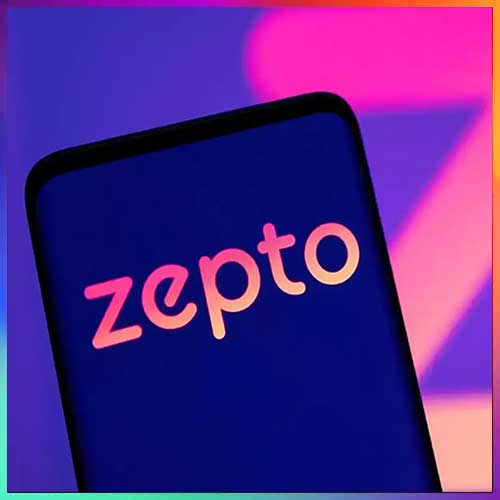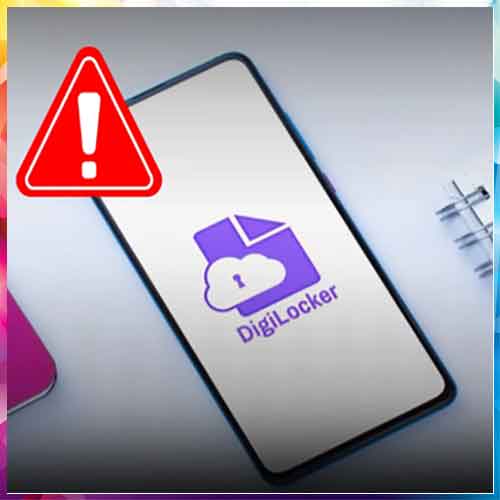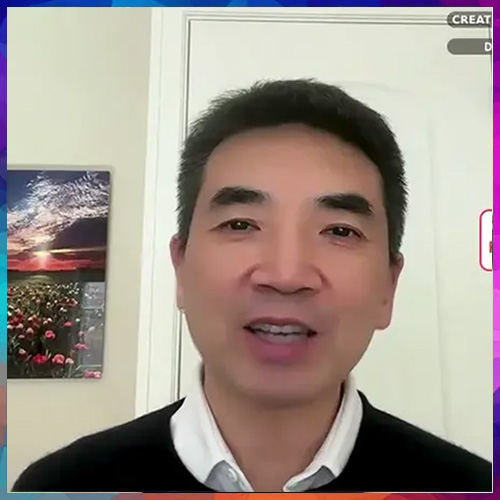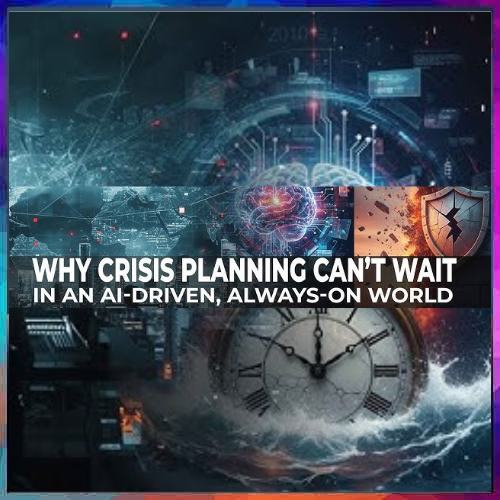
In a chat with VARINDIA, Rajan S. Mathews, Director General, COAI discusses about the implementation of GST in the country, challenges of the telecom industry and how to revive the telecom companies
Can you share your view on the implementation of GST? Operators are having concerned about the impact of GST on the telecom sector and you have asked government to reduce levies, which includes licence fee, spectrum usage charge, how you are managing all these issues together?
We support the GST reform, it is much needed and absolutely going to be positive for the economy and for the industry. The only issue is one of the new answers of the particular industry what are the industry needs that need to be taken into consideration in GST. The government is being extremely open, flexible and accommodative, multiple forums in which we been allowed to meet, present and explain the situation. So that has been a very helpful process as far as the government is concerned. So they did not rush into a lot of things but fixed a very clear deadline and said let’s move forward and then we will try and work out the things. So we are still in conversations with the government.
The particular areas that we dealt with were rate and implementation. So, on the rate side we said increasing tax from 15% to 18% does not make any sense when this is a national imperative to drive digital connectivity. So we requested to the government to reduced it rather than increasing it. So that’s hopefully an ongoing discussion that government will continue because if it can put railways and economy airline ticket into five percent, handsets at 12% tax slab so putting telecom into 18% does not make any sense. Government said that telecom companies have an offset of three percent but we have written to the government that we do not have that type of offset and at the most it is less than one percent. So it’s a real time increase to the consumer. So hopefully government will listen and bring changes.
the implementation side, there are certain new answers that are unique to our industry. For example, when GST is broken down by Centre and State jurisdictions, our license under which we operate is multi jurisdictional. So, in Delhi our license service area includes Haryana and UP including Delhi. We report in that area so now with GST it’s a different configuration, our systems obviously have to be reconsidered to support this. So we have conveyed to government that it is time consuming and not easy as we support 1.1 billion consumers and government has been very considerate and working with us.
The other area is when you have 1.1 billion consumers or connections the time frame to change the billing side, 95% of the connections are pre-paid that means that in a real time basis you give them feedback of the usage, the rates, the plans etc. Whenever you are in real time environment, the effort to change the back office is much strenuous and has to be tested much more thoroughly. So again that takes time.
The third thing that we highlighted again was the fact there are some technical issues in terms of certain transactions. One of the transactions we highlighted was we have a bunch of pre-paid cards in the hands of the point of sale that paid the previous service tax of 15%. Now those cards cannot be discarded or you cannot ask to pay extra three percent at the point of sale. But the government was very careful and they helped us to be able to transition. These are the areas where we are working with the government and working for the new answers.
The other issue was place a business. At what point do you tax the transaction because this is a service, is it as the point of sale or is it at the point of use.
The Telecom industry is working tirelessly for connecting everyone till the last mile connectivity, what are the key challenges they have and how COAI is addressing the issues?
The first and foremost issue is where and how are we going to raise the tons of money that are required to make this dream a reality. So according to our calculations we need Rs 50,000 crore in the next three years to be able to invest in our networks to take the network to all gram panchayats, villages and convert people to digital and make sure that they have affordability. So the investment has to be raised by us and we are the private sector so government does not subsidies. In the present situation, because of the financial distress in the industry it is becoming extremely difficult, banks are not willing to increase the exposure, investors are asking for clarity on various policy and regulatory issue, so that is raising the whole issue of saying yes we are committed to PM’s Digital India. We want to connect the one billion. We know how to get there. One of the things is address the financial condition because we go to the government as it gets 30% of every rupee from us. Because of that if the government had not got that much of money, we would say let the dynamics of the marketplace address it. The government takes eight percent as license fee another five percent as usage charge, other levies we collect on behalf of government so we are asking government to address these financial issues. Government is one of our largest debt holders as they sold the spectrum at an exorbitantly high price so that is why we are going back to the government and saying that it is the approximate cause of the issues. Most of the money are coming to government and it is putting it to other developmental issues. We are asking the government to leave the money within the industry so that it can grow. So that is why our whole focus is of the financial matter.
One of the impediments to reaching out to one billion and connecting them is at every state and locality feels compelled to extract money from us. So the right away is the accessibility of timely clearance and permissions to start putting up our towers, lay the fiber etc.
There is consolidation happening in the Telecom sector, reason being rising debt is the biggest challenge, how the financial health of this sector could revive? Telcos are reporting decline in the revenues, what could be the new revenue streams you see for telcos?
We have talked about the financial burdens, so the banks and the regulator have prescribed certain things like to adjust the tenure of the debt that the banks hold, reduce the interest rate, licencee payment, SUC, redefine the adjusted growth revenue. All these things are already there.
Going forward, one of the things that we need to do is to make sure that the regulatory environment ensures a level playing field. For example we lost 30% of our revenue to WhatsApp and we are not standing in the way of the app. We are saying is if you allow WhatsApp to offer voice which is under our licensed activity and charge nothing then also do not charge us. We are not saying to bring it under the regulation. The same service must attract the same rules. We cannot compete with WhatsApp. Every time I earn something from my customer I must pay 14% and WhatsApp pays zero.
So looking at all of the present situation in terms of disparities in the regulatory, policy licensing condition that allow people to take advantage of the constrains of licenses. Secondly, regarding price, consolidation will take care of it. We are on phases of consolidation so we will be down to three to four major players that it will bring some sort of discipline in the market.
But the opportunities we are looking at are Machine-to-Machine, Internet of Things, Cloud Computing and we are seeing that consumers, enterprises are moving quickly to the adoption of these new technologies. So the positive that has emerged because of competition is Reliance Jio entered into the market and 4G has been established as a dominant technology, affordability of data has come into play, networks started rolling out faster, customers have more choice. So, these are the positive things that have happened. Now we are looking at introducing phones to bring down phone prices so that access to data becomes easier. We are probably losing money today but we are hoping that consumers and enterprises will adopt these new things.
See What’s Next in Tech With the Fast Forward Newsletter
Tweets From @varindiamag
Nothing to see here - yet
When they Tweet, their Tweets will show up here.





























